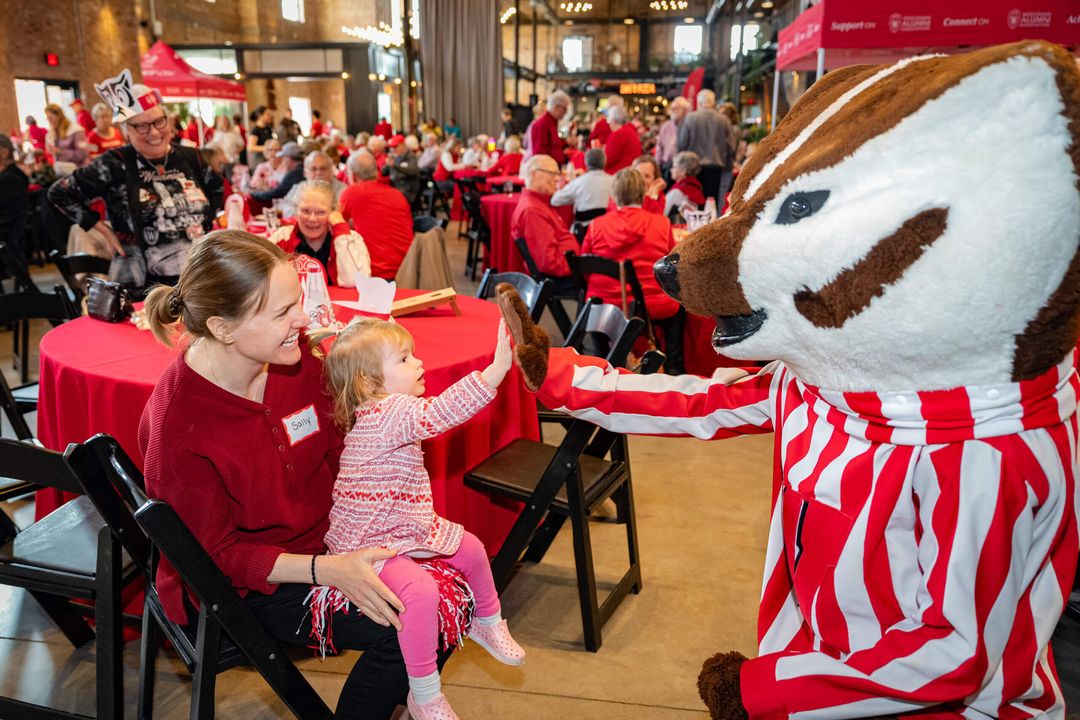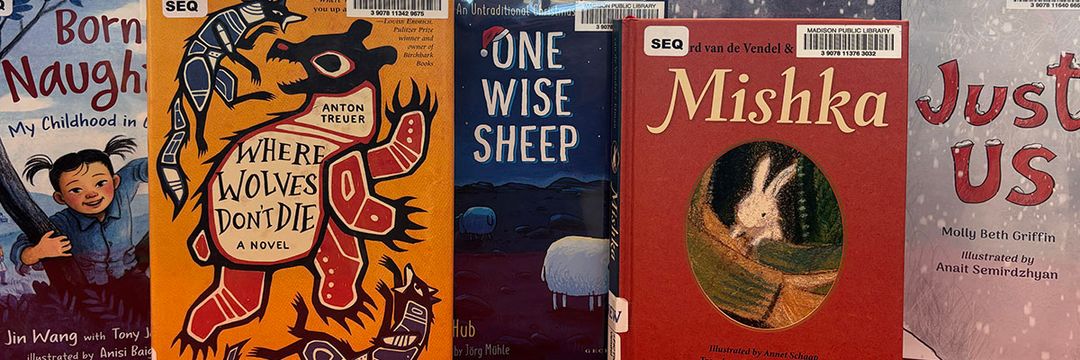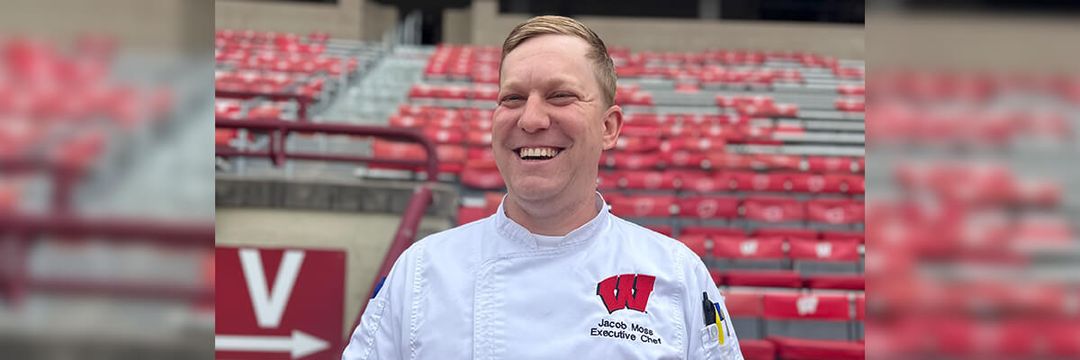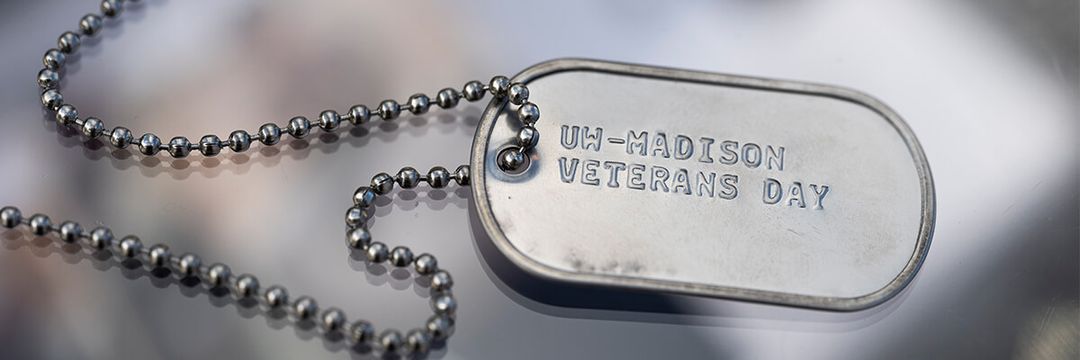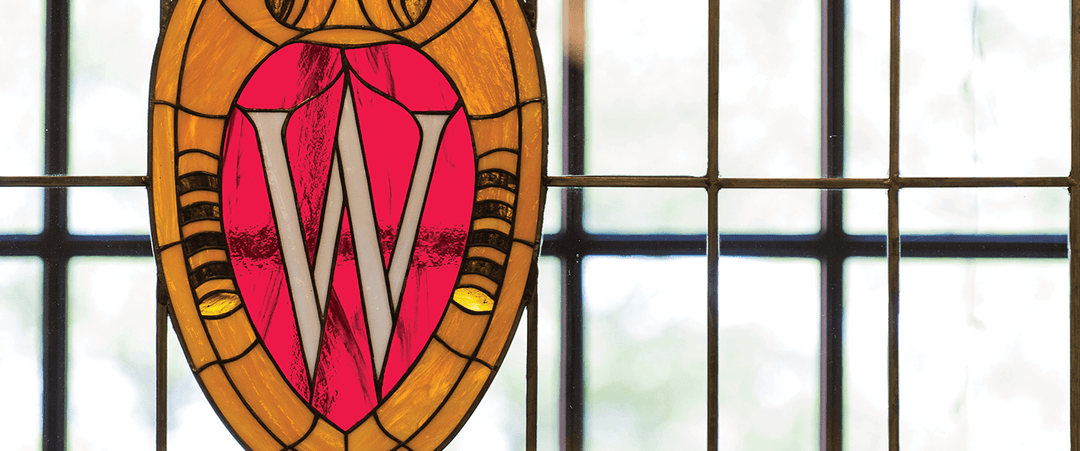As director of UW–Madison’s Botany Greenhouses and Botanical Garden for 33 years, Fayyaz nourished and nurtured thousands of plants collected from around the world. He welcomed hundreds of thousands of visitors and maintained the Botany Garden, the small teaching plot between Birge Hall and University Avenue. He helped build a national network of university greenhouse-keepers to share knowledge and seedlings, and he cultivated relationships with some of the UW’s most famous faculty, including grains pioneer Hugh Iltis and legume legend Helen Louise Allen, namesake of the Allen Centennial Garden. Fayyaz even made a celebrity out of a titan arum — an eight-foot-tall, four-foot-wide Sumatran flower that can go up to a decade between blooms and stinks like a rotting corpse.
A native of Iran, Fayyaz came to the UW to earn his graduate degrees in horticulture and botany. He was an assistant professor at Tehran University for four years, and then returned to Wisconsin permanently in 1984. He retired in 2017, but he continues to devote his time and knowledge to the UW’s botany department, helping to maintain and upgrade the catalog in the Wisconsin State Herbarium.
Very few people know plants like Fayyaz. And fewer still are as generous in sharing their knowledge.
What first brought you to UW–Madison?
I was born in Tehran, Iran, in 1947. I went to school there. I could have gone to medical school, pharmacy, dentistry, but I always loved plants, so I went to the college of agriculture and I studied horticulture. I was the first-ranked student that year, [and] they used to send the first-ranked students of some majors to a university out of the country to get their PhD. This was before the revolution. I decided to come to the U.S. I applied for a few places, and I got my first admission from UW–Madison. I didn’t even know Wisconsin. I knew of some other states — California, New York, Florida — but not Wisconsin, not Madison. One of the students back in the college of agriculture had studied here for two years, and he told me UW–Madison is really great. So I didn’t wait; I came.
Did anyone tell you about winter?
No one.
You studied horticulture — what did you write your dissertation about?
My dissertation was on the cold hardiness of the chrysanthemums — morifolium and asterids.
Do you still grow mums?
Oh, yeah. In the garden, or in the greenhouse, or at home. It’s one of those plants: it’s easy to work with, and it’s hardy to Wisconsin.
What does the UW use the greenhouse for?
For teaching, research, and more than anything, for the public. While I was there, we had weddings, though we never charged anyone. Sometimes [university] departments would come and use the garden for parties. It’s a nice place. In the middle of all these huge buildings, there is greenery. It is just kind of a jewel in the city.
What are the challenges in running a greenhouse or garden?
There are two areas you have to keep an eye on. One is the biotic or living things that affect plant growth and development. Those are pests — mostly insects, but also diseases and other things such as mammals, like rabbits. But if it is not a living thing, then the other group is abiotic, non-living. There are just four abiotic problems: water, temperature, light, and nutrients. Rather than trying to think of so many things at the same time, it’s just those four things. That’s the way I approach problems.
Do you have a favorite plant?
The one that brought people and fame to the department and the university was the stinky plant, the titan arum. We got one to bloom. A friend of mine, he had some of them in the Walnut Street Greenhouses [the UW’s other set of greenhouses]. He gave me a couple of those plants. I brought them here, and I kept them, even though they were taking up some space — it was in a big pot. But eventually, when it started blooming, a lot of people got excited about it. We had almost 30,000 people who came and visited.
You retired a few years ago. What do you do now?
I work with the herbarium — it is a wonder to be discovered, to behold. This herbarium has a small library, and that library has journals and books that you cannot find anywhere else, even on the internet. It’s a good resource all about plants. Its books and papers were all in these cabinets that were kind of mixed up … so I started to get things cleaned up, organized. I started systematically putting them in the right order. I still am working on it. To me, deep in the herbarium are riches beyond compare. The perfection of my companions in the botany department had a huge effect on my success.


